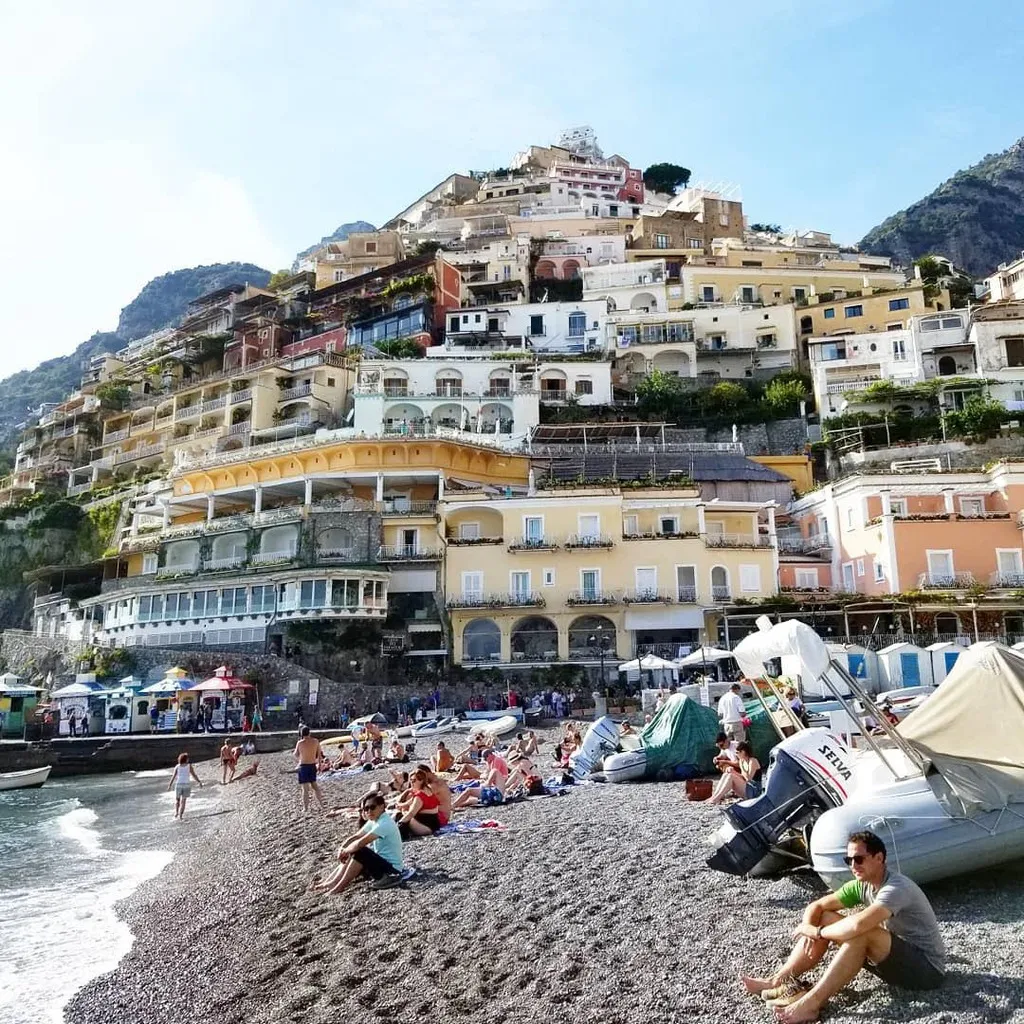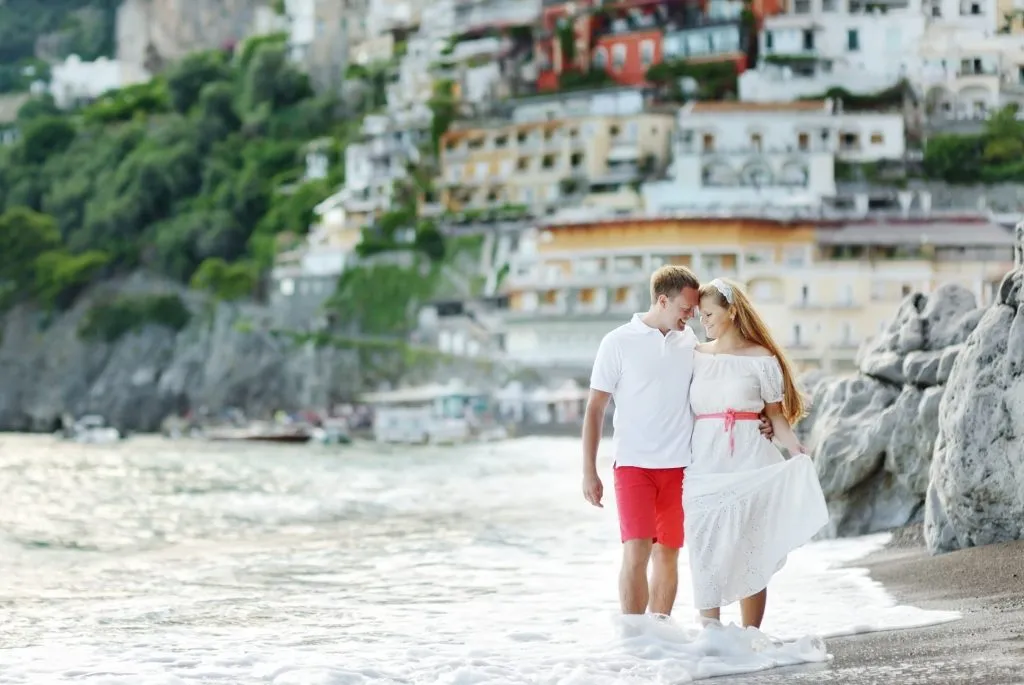7 Cost-Saving Tips for Your Italy Honeymoon
Dreaming of a romantic Italian honeymoon but worried about the cost? Italy, with its stunning landscapes, delicious food, and rich history, is a popular destination for newlyweds. However, it’s also known for its potential to be an expensive trip. Don’t let the price tag deter you! With some smart planning and savvy choices, you can create an unforgettable Italy honeymoon without breaking the bank. This guide provides seven essential cost-saving tips to help you navigate the expenses and enjoy your romantic getaway to the fullest. From budgeting strategies to insider travel hacks, discover how to make your dream honeymoon a reality.
Planning Your Italy Honeymoon Budget
The first step to saving money is creating a detailed budget. Start by researching the average costs of flights, accommodation, transportation, food, and activities. Websites and travel blogs offer valuable insights into typical expenses. Once you have an idea of the costs, set a realistic budget and stick to it. Prioritize the experiences that are most important to you, such as visiting specific landmarks or indulging in certain culinary delights. Allocate funds accordingly and be prepared to make compromises. Consider using budgeting apps or spreadsheets to track your spending and identify areas where you can cut back. Remember to include a buffer for unexpected expenses, as travel plans can sometimes take unexpected turns.
Accommodation Expenses & Savings

Accommodation can significantly impact your honeymoon budget. Consider alternatives to luxury hotels, such as charming bed and breakfasts (B&Bs), agriturismi (farm stays), or vacation rentals. These options often offer a more authentic experience at a lower cost. Booking accommodation in advance, especially during the peak season, can help you secure better deals and avoid last-minute price hikes. Look for accommodations outside of the major tourist hotspots, as they tend to be more affordable. Be flexible with your travel dates; traveling during the shoulder seasons (spring or fall) can provide pleasant weather and lower prices compared to the summer months. Furthermore, consider the location of your accommodation and factor in transportation costs to ensure overall savings.
Transportation Costs & Hacks
Transportation expenses can add up quickly, especially when traveling between cities. To save money, consider using Italy’s extensive and efficient train network instead of flying. High-speed trains can get you to your destination quickly and comfortably, often at a lower cost than flights. When traveling within cities, utilize public transport such as buses, trams, and subways. Purchase a multi-day travel pass if you plan to use public transportation frequently. Consider renting a car only if you plan to explore rural areas or destinations that are not easily accessible by public transport. Compare car rental prices from different companies, and be aware of additional costs such as insurance and parking fees. Walking is also a great way to explore cities and save on transport, plus you’ll get to enjoy the local sights.
Food & Drink Budgeting
Food and drink are integral parts of the Italian experience, and you can enjoy them without overspending. Avoid eating at restaurants in heavily touristed areas, where prices are inflated. Instead, explore local trattorias, pizzerias, and osterias, which offer authentic cuisine at more reasonable prices. Take advantage of the “aperitivo” culture, where you can enjoy a drink and complimentary snacks in the early evening. Consider buying groceries from local markets and preparing some of your meals yourself. This is a great way to experience local produce and save money. When dining out, look for the “menu turistico” or fixed-price menus, which offer excellent value. Also, drink local wines, which are usually more affordable than imported options, and always try the tap water.
Activities & Sightseeing Deals

Sightseeing and activities can quickly eat into your budget. Research free activities such as walking tours, visiting parks, and exploring local markets. Many cities offer free admission to museums on certain days or during specific hours. Consider purchasing city passes, which can provide discounted entry to various attractions and unlimited use of public transportation. Look for deals and discounts online before your trip. Websites like Groupon and Viator often offer reduced prices on tours and activities. Prioritize the attractions that are most important to you, and be selective about which ones to visit. Be aware of tourist traps and inflated prices, and always compare prices before making a purchase. Consider booking guided tours for popular attractions to skip the line.
Souvenirs & Shopping on a Budget
Souvenirs can be a significant expense, but you can still bring home memorable items without overspending. Avoid buying souvenirs at tourist-filled shops, which often charge higher prices. Instead, explore local markets and smaller shops, where you can find unique and affordable items. Consider buying local products such as olive oil, balsamic vinegar, or handmade crafts. Set a budget for souvenirs before your trip and stick to it. Bargaining is acceptable in some markets, so don’t be afraid to negotiate prices. Think about what you really want to remember from the trip instead of buying everything. Remember, the memories and experiences are more important than the souvenirs themselves.
Travel Insurance & Unexpected Costs
While not directly a cost-saving tip, travel insurance is crucial for protecting your finances. It can cover unexpected expenses such as medical emergencies, trip cancellations, and lost or stolen belongings. Research different insurance providers and choose a policy that fits your needs. Read the fine print and understand what is covered and what is not. Always keep copies of your travel documents and insurance information in a safe place. Set aside a small amount in your budget to cover unexpected costs that may arise during your trip. This can include things like transportation delays, unexpected medical expenses, or unforeseen activities. Having a financial cushion will help you navigate any challenges that may arise and enjoy your honeymoon without added stress.
Best Time to Visit Italy for Savings

The time of year you choose to visit Italy can significantly impact your costs. Traveling during the shoulder seasons, such as April-May or September-October, offers a sweet spot of pleasant weather and lower prices. Avoid the peak summer months (July and August), as prices for flights, accommodation, and activities are typically at their highest. Consider visiting during the off-season (November-March), if you don’t mind cooler temperatures, as you can find some of the most significant discounts. Be aware of any major events or festivals happening during your travel dates, as these can drive up prices. By being flexible with your travel dates, you can find opportunities to save money without sacrificing the quality of your honeymoon experience.
Conclusion
Planning an Italy honeymoon doesn’t have to be a daunting financial undertaking. By implementing these seven cost-saving tips, you can create a romantic and memorable trip without exceeding your budget. From smart budgeting and accommodation choices to transportation hacks and activity deals, there are numerous ways to save money without sacrificing the quality of your experience. Embrace the local culture, savor the delicious food, and create lasting memories with your loved one. With careful planning and a bit of flexibility, your dream Italy honeymoon can become a reality, filled with romance, adventure, and unforgettable moments. Buon viaggio!
